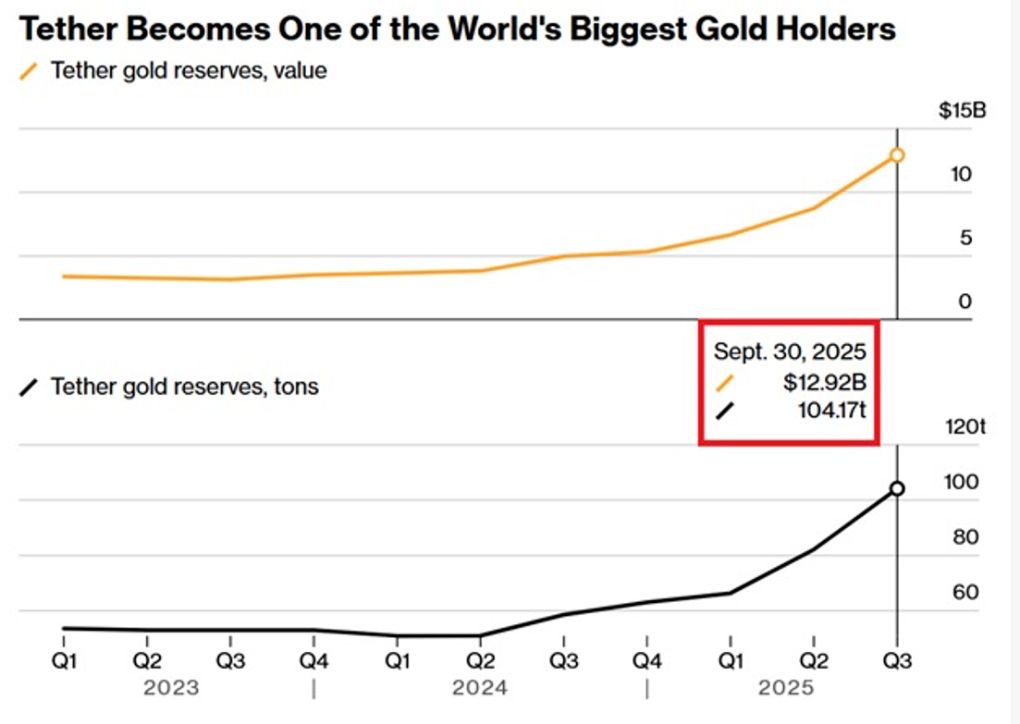White-Label B2B Fintech: The Invisible Engine Powering the Digital Payments Revolution
- White-label B2B fintech platforms are reshaping digital payments by offering scalable APIs for embedded finance, enabling businesses to integrate banking, lending, and payments without building infrastructure from scratch. - Companies like Unit and Parafin demonstrate monetization through transaction fees and data assets, with Unit processing $22B annually and Parafin leveraging AI-driven underwriting for SMBs. - The market grows at 14.5% CAGR, but faces risks including regulatory complexity, intense com
The fintech industry has long been a poster child for disruption, but in 2025, the most compelling story lies not in flashy consumer apps or crypto volatility, but in the quiet rise of white-label B2B fintech platforms. These infrastructure providers are redefining the digital payments landscape by offering scalable, modular solutions that let businesses embed financial services without building them from scratch. For investors, this shift represents a golden opportunity: a market growing at 14.5% CAGR, with companies like Unit, Parafin, and Highnote demonstrating how to monetize digital transformation.
The White-Label Play: From Pipes to Platforms
White-label B2B fintech platforms act as the plumbing of the digital economy. Unlike traditional banks, which offer rigid, one-size-fits-all services, these platforms provide APIs and customizable interfaces that let SaaS providers, marketplaces, and enterprise software companies integrate payments, lending, and banking features into their workflows. The result is a “plug-and-play” model that reduces time-to-market for financial services and creates recurring revenue streams for both the platform and its partners.
Take Unit, a fintech infrastructure leader. By offering APIs for embedded banking, cards, and expense management, Unit has attracted 140+ platform partners, processing $22 billion in annual transaction volume. Its revenue model is a masterclass in scalability: it charges per transaction and API call, with transaction volume growing 5.5x in 2023 alone. Similarly, Parafin leverages machine-learning underwriting to offer SMBs embedded capital and expense tools, processing $1 billion annually in funded capital. These companies exemplify how white-label platforms can monetize data and transaction flows while avoiding the capital intensity of traditional finance.
The Scalability Edge: Transaction Volume and Embedded Finance
The key to unlocking value in this space lies in transaction volume. Unlike SaaS companies that rely on subscription growth, white-label fintechs benefit from compounding transaction fees as their partners scale. For example, Highnote—a card-issuing platform—targets SaaS and marketplace businesses, charging fees on every virtual and physical card transaction. With 1,000 customers and a 32.8% CAGR projected through 2030, Highnote's model mirrors the success of payment processors like Stripe, but with a focus on embedded finance.
Embedded finance is the next frontier. By integrating financial services directly into non-financial platforms (e.g., Amazon's lending tools for sellers or DoorDash's expense management for drivers), white-label providers tap into sticky, high-margin revenue. Parafin's partnership with Walmart to offer SMBs instant access to capital is a case in point. These solutions not only generate transaction fees but also create data assets that refine underwriting models, further enhancing profitability.
Risks and Rewards: Navigating the Infrastructure Boom
While the growth is undeniable, investors must tread carefully. The white-label space is crowded, with over 200 fintechs vying for market share. Success hinges on three factors:
1. Network Effects: Platforms like Unit and Parafin have built ecosystems with 140+ and 1,000+ customers, respectively, creating barriers to entry.
2. Regulatory Resilience: As embedded finance expands, compliance with evolving regulations (e.g., anti-money laundering rules) will test operational agility.
3. Margin Sustainability: Transaction-based models are sensitive to interest rates and interchange fees. Companies with diversified revenue streams (e.g., Parafin's warehouse facilities) are better positioned.
Investment Thesis: Early Adopters Win
For investors, the white-label B2B fintech sector offers a rare combination of high growth and defensibility. Early adopters—those with strong platform partnerships, proprietary data, and scalable infrastructure—are best poised to capture market share. Ramp and Mercury, for instance, have expanded into treasury services and same-day liquidity, leveraging their B2B payment networks to diversify revenue.
Consider Ramp, which raised $200 million in a Series D at a $16 billion valuation. Its spend management platform now includes treasury tools, a move that could unlock new revenue from enterprise clients. Similarly, Mercury's $300 million Series C in March 2025 reflects confidence in its ability to monetize recurring transaction flows.
Conclusion: Building the Future, One API at a Time
The white-label B2B fintech market is not just a niche—it's the backbone of the digital economy. As businesses increasingly demand financial tools that integrate seamlessly into their workflows, the winners will be those that master the art of infrastructure. For investors, this means prioritizing companies with sticky transaction models, embedded finance partnerships, and the agility to adapt to regulatory shifts. The next Stripe or PayPal may not be a consumer-facing app but a behind-the-scenes platform turning data into dollars.
In a world where digital transformation is no longer optional, the white-label B2B fintech sector offers a compelling bet: scalable, recurring revenue from the very infrastructure that powers the global economy.
Disclaimer: The content of this article solely reflects the author's opinion and does not represent the platform in any capacity. This article is not intended to serve as a reference for making investment decisions.
You may also like
Digital dollar hoards gold, Tether's vault is astonishing!

The Crypto Bloodbath Stalls: Is a Bottom In?

Can the 40 billion bitcoin taken away by Qian Zhimin be returned to China?
Our core demand is very clear—to return the assets to their rightful owners, that is, to return them to the Chinese victims.
